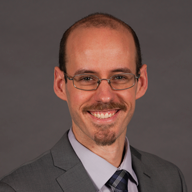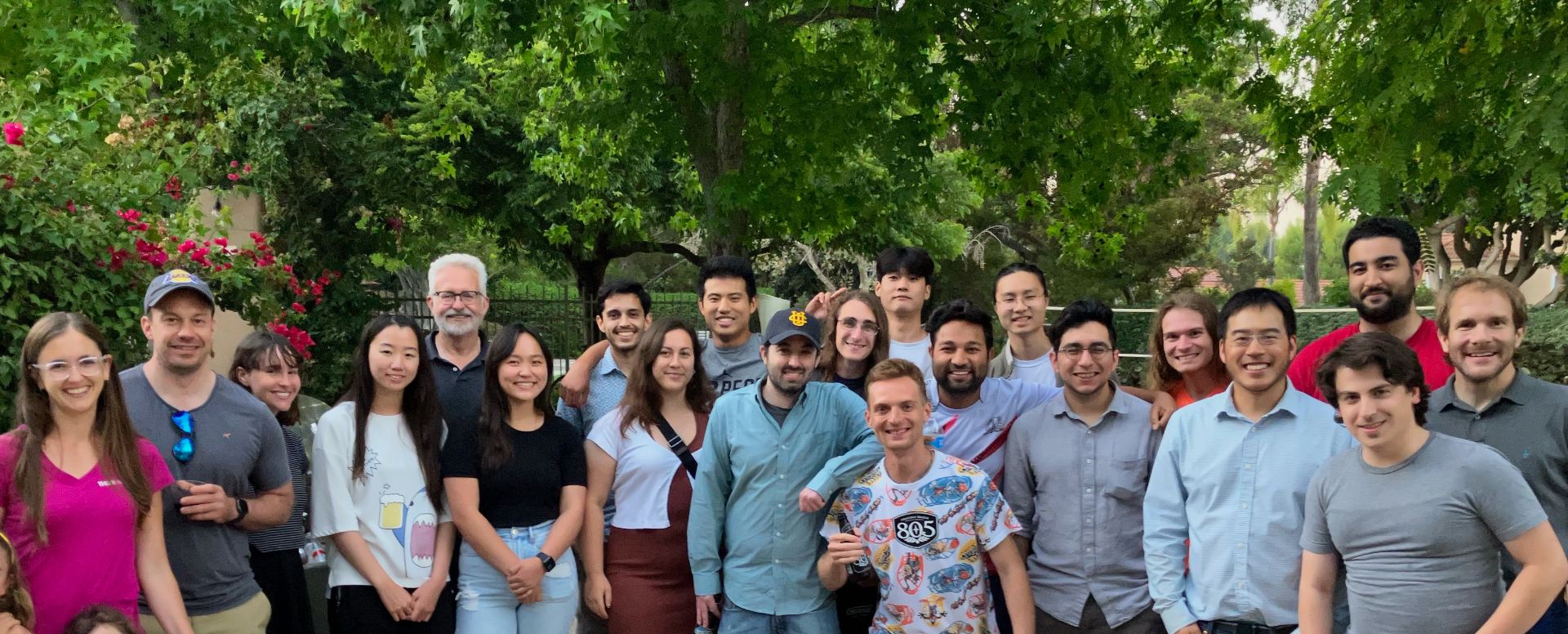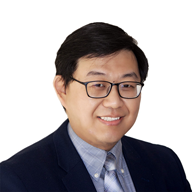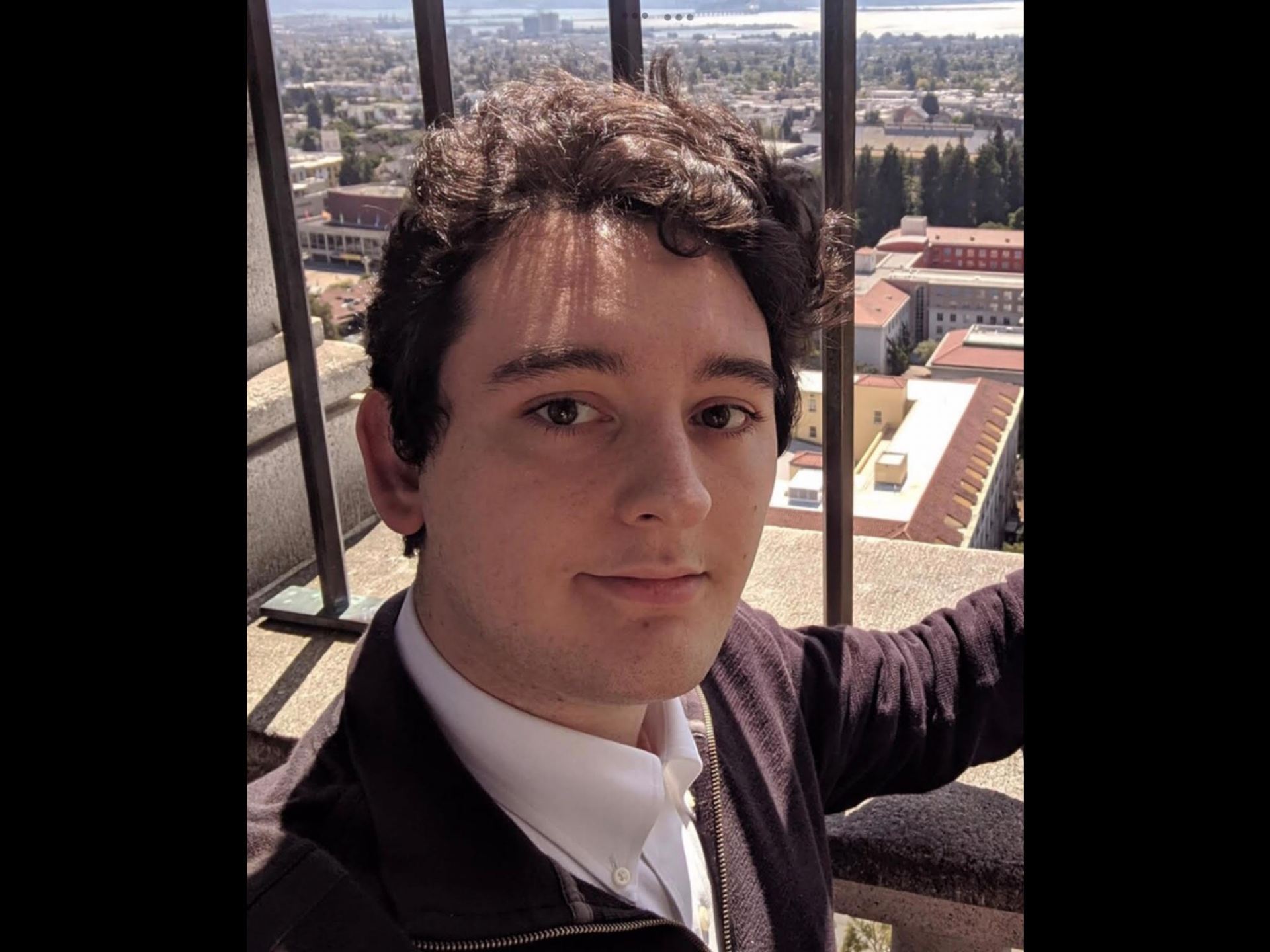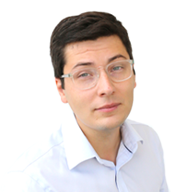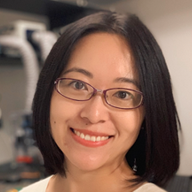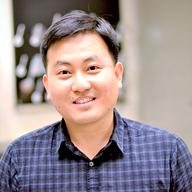Fall 2022
Ryan Hayes is an Assistant Professor of Chemical and Biomolecular Engineering.
Protein engineering and design has exciting applications in biocatalysis, therapeutics, and nanotechnology. While there are many experimental and computational approaches to protein engineering and design, computational approaches typically suffer from low accuracy. This makes them dependent on high throughput experimental validation and optimization. Therefore, research in the Hayes group focuses on improving the accuracy of computational protein design to enable more efficient use of experimental resources (https://faculty.sites.uci.edu/rhayes1/)

